Imagine a creature that blurs the line between water and land, holding secrets to our planet’s earliest evolutionary leaps. Picture a fish, fins twitching, eyes blinking in the sunlight, crawling out of a muddy riverbank and sucking in air with a gasp. It’s not science fiction—it’s nature’s wildest experiment, unfolding right before our eyes. These astonishing fish are living proof that evolution isn’t just ancient history trapped in fossils; it’s happening now, in real time, and it’s full of surprises. Let’s dive into the world of walking fish, where biology, wonder, and the thrill of discovery collide.
Astonishing Adaptations: Fish Out of Water
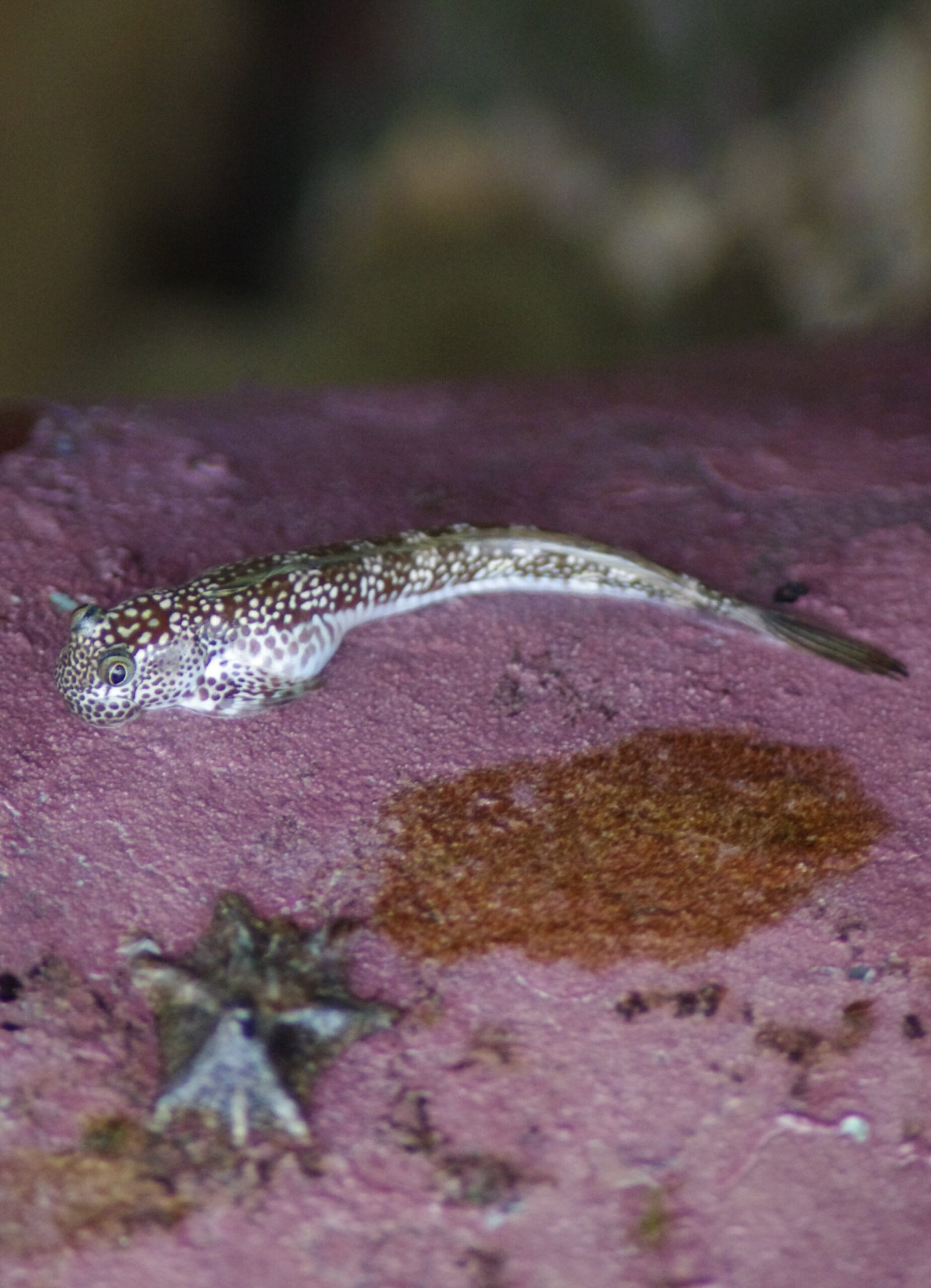
Walking fish seem like a contradiction, yet they exist thanks to some truly mind-bending adaptations. Unlike most of their underwater kin, these fish have evolved fins that act almost like primitive legs, letting them shuffle, hop, or even stride across mud and rocks. Their skin and gills are specially designed to handle both water and air, a two-in-one survival tool kit. Some even have modified swim bladders that double as primitive lungs, letting them gulp oxygen when ponds dry up. It’s as if evolution handed them a Swiss Army knife, ready for anything. Watching these fish, you can’t help but marvel at nature’s creativity and resilience.
Meet the Mudskipper: The Charismatic Amphibious Fish
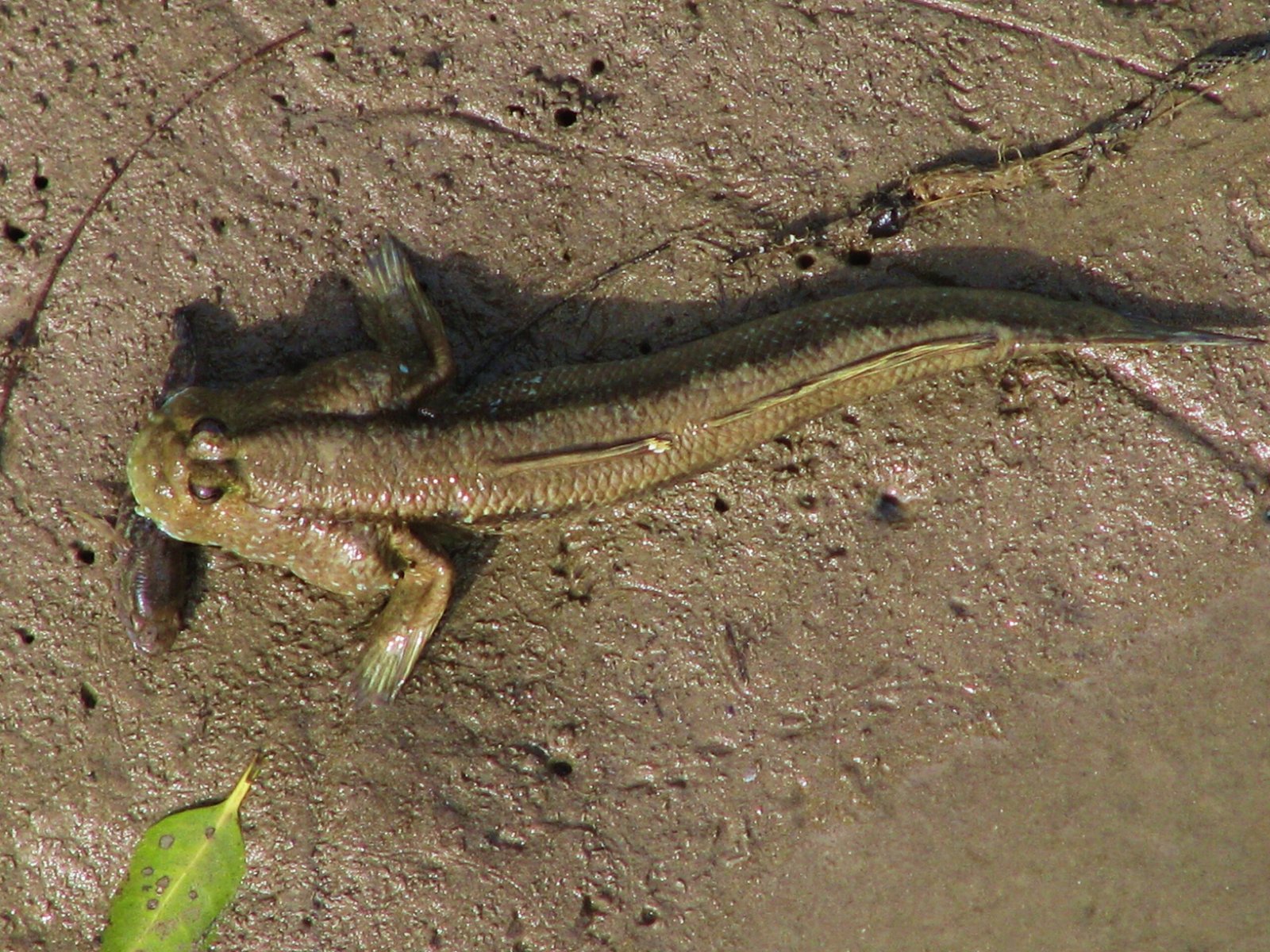
Mudskippers are the poster children of walking fish, and for good reason. These quirky creatures live in mangrove swamps and tidal flats, where water is never guaranteed. Using powerful pectoral fins, mudskippers “walk” with an awkward swagger, hoisting their bodies up on land to chase insects and escape predators. Their bulging eyes swivel independently, giving them a comical, almost cartoonish look. But there’s more to them than just antics—mudskippers breathe through both their skin and the lining of their mouth, allowing them to stay active on land for hours. In many ways, they’re the amphibians fish never became.
The Lungfish: A Living Fossil With a Secret
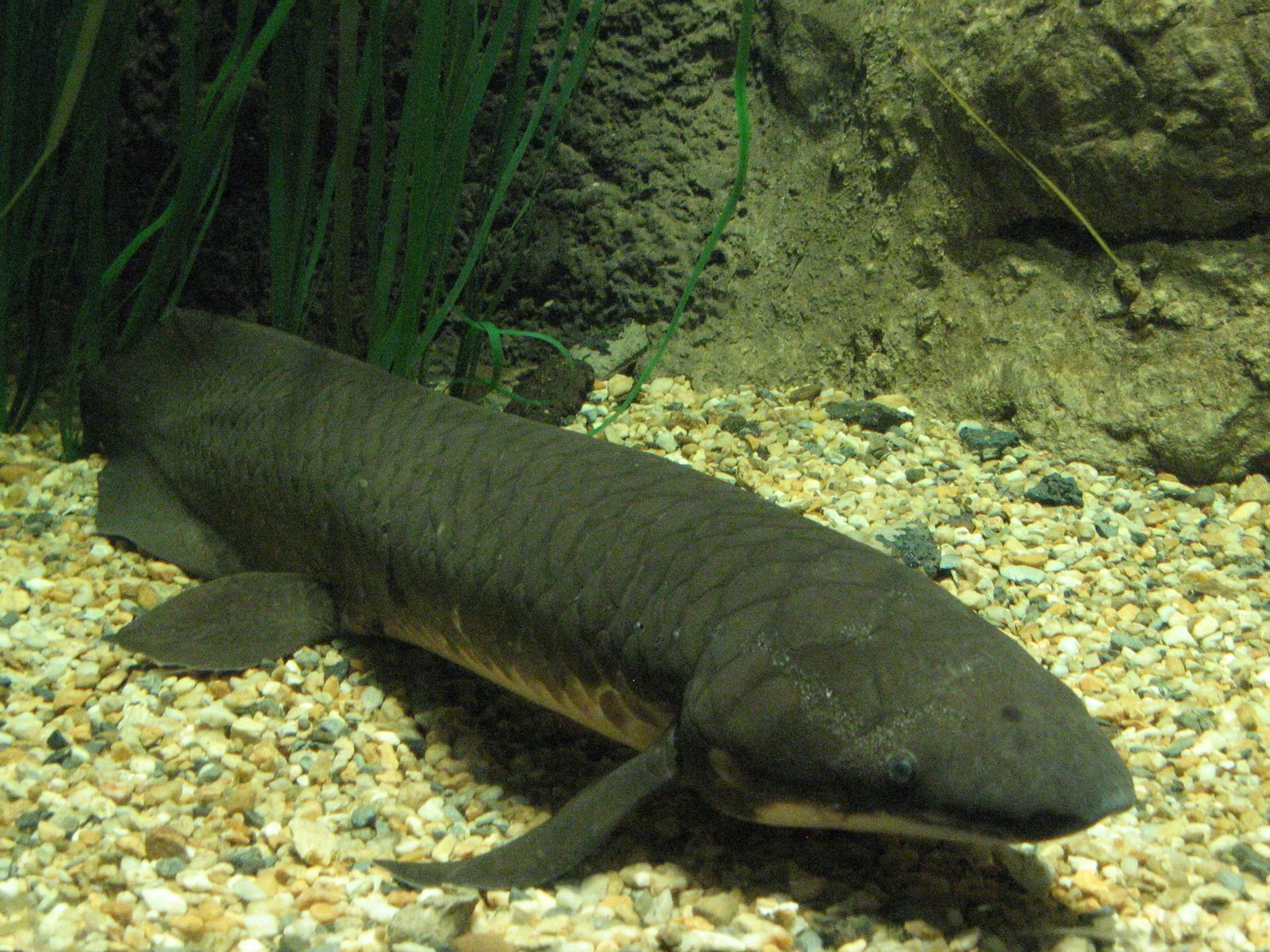
Lungfish are often called “living fossils,” and for good reason—they haven’t changed much in hundreds of millions of years. These ancient fish can survive in oxygen-poor water and even burrow into mud to escape drought, slowing their bodies down in a sort of suspended animation. Their real party trick? Genuine lungs! Lungfish rise to the surface and gulp air, much like a turtle or alligator. When times get tough, they can last months, even years, without water. If you want a glimpse of evolution’s early experiments, look no further than the lungfish, a master of adaptation.
Climbing Perch: The Adventurous Traveler
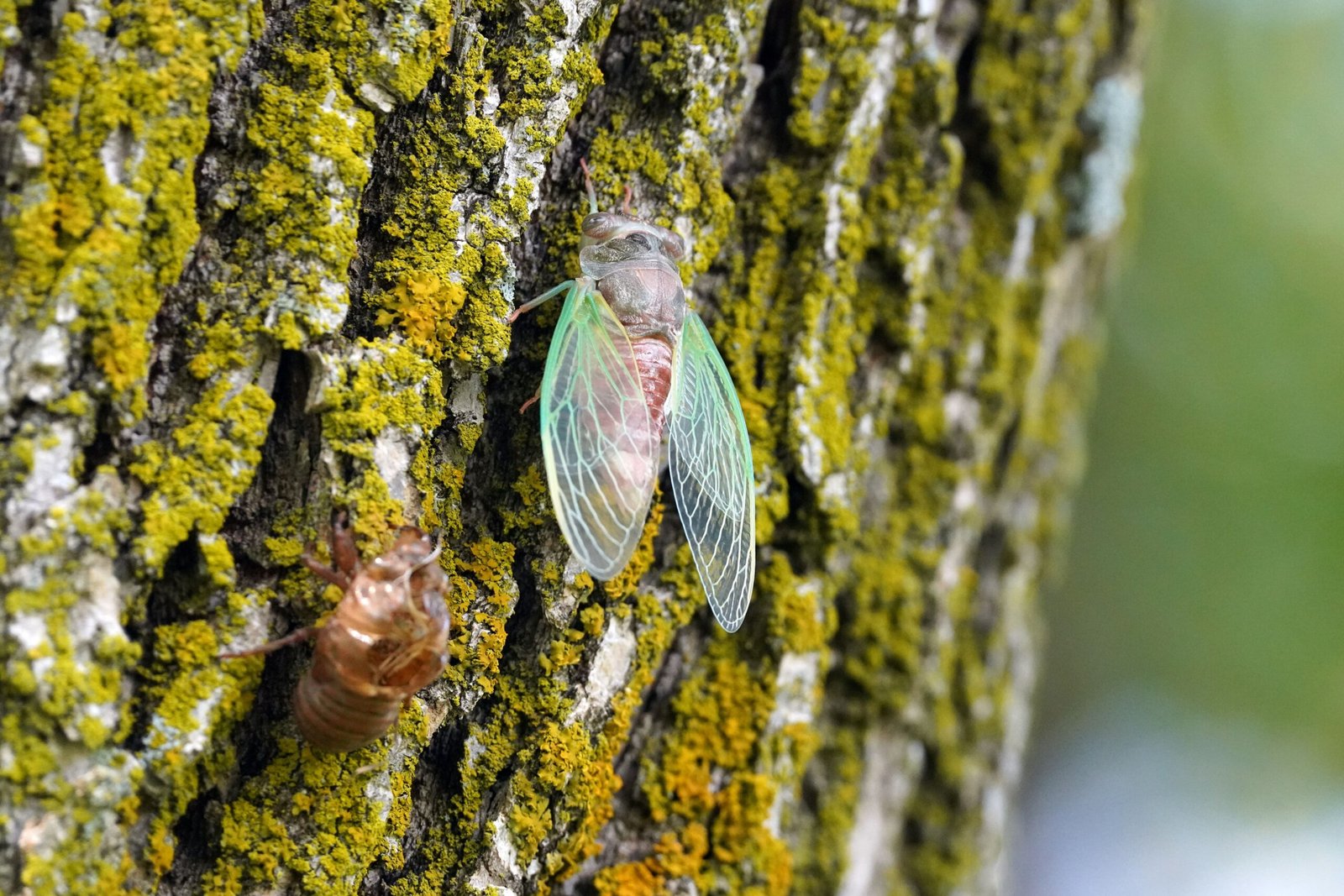
The climbing perch might just win the award for most determined wanderer. This fish doesn’t just crawl—it can cover short distances over land, flopping from one pond to another during rainy seasons. Its gill covers are reinforced to prevent collapse out of water, and it uses its fins to “walk” with surprising agility. In some countries, climbing perch are even considered invasive, thanks to their ability to escape aquariums and travel to new habitats. Their tenacity is a reminder that nature never sits still—it’s always searching for new territory.
Evolution in Action: Why Fish Leave the Water
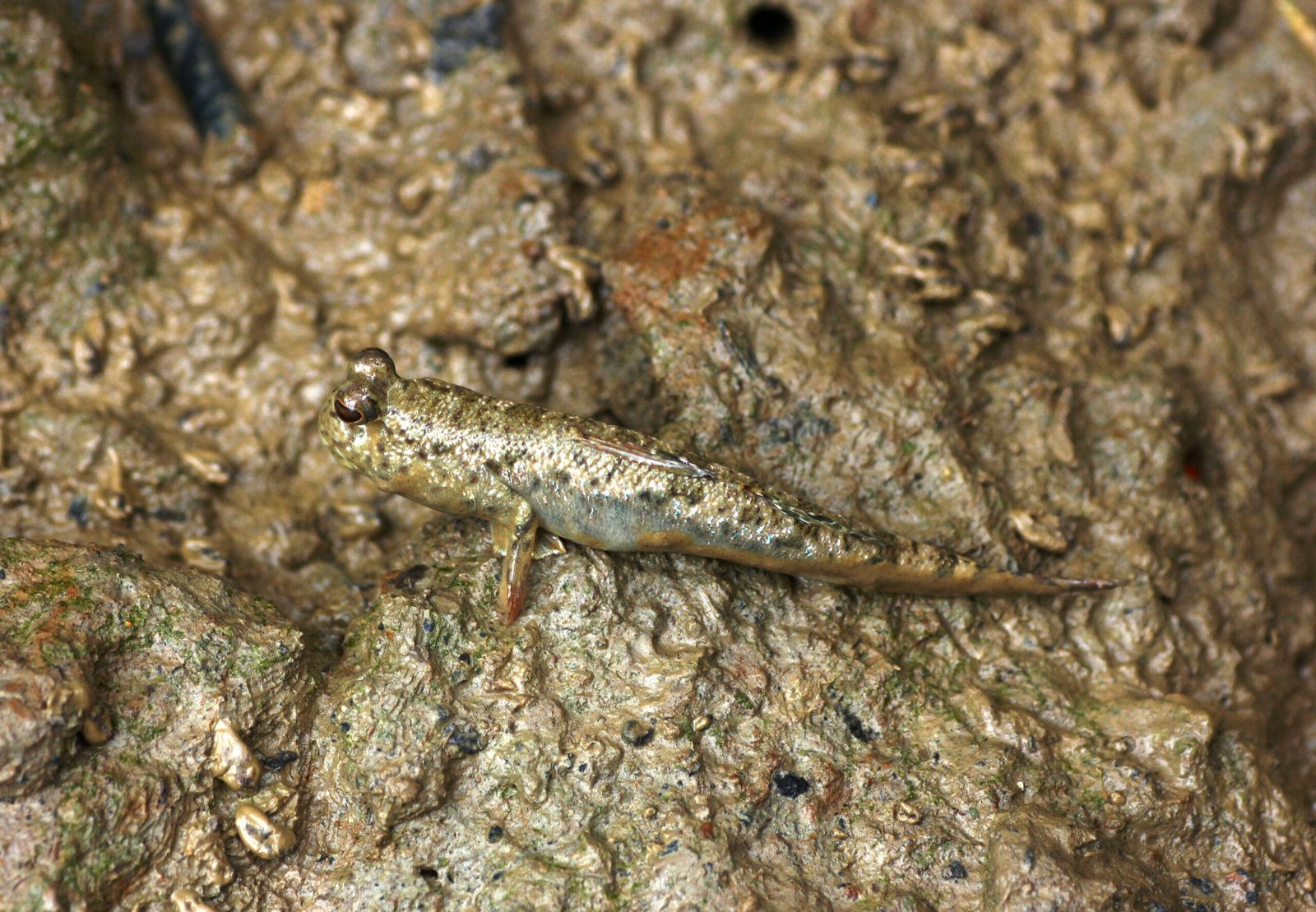
Why would a fish ever want to leave water, its lifeblood? The answer is survival. In habitats where water levels fluctuate, food runs scarce, or predators lurk below, venturing onto land can mean the difference between life and death. Over thousands of generations, small changes—stronger fins, tougher skin, better air-breathing—add up. It’s the classic story of adaptation, played out in real time. Watching a fish wriggle across the mud is like seeing a chapter of our own evolutionary story come alive right in front of us.
Amphibious Behavior: Between Two Worlds
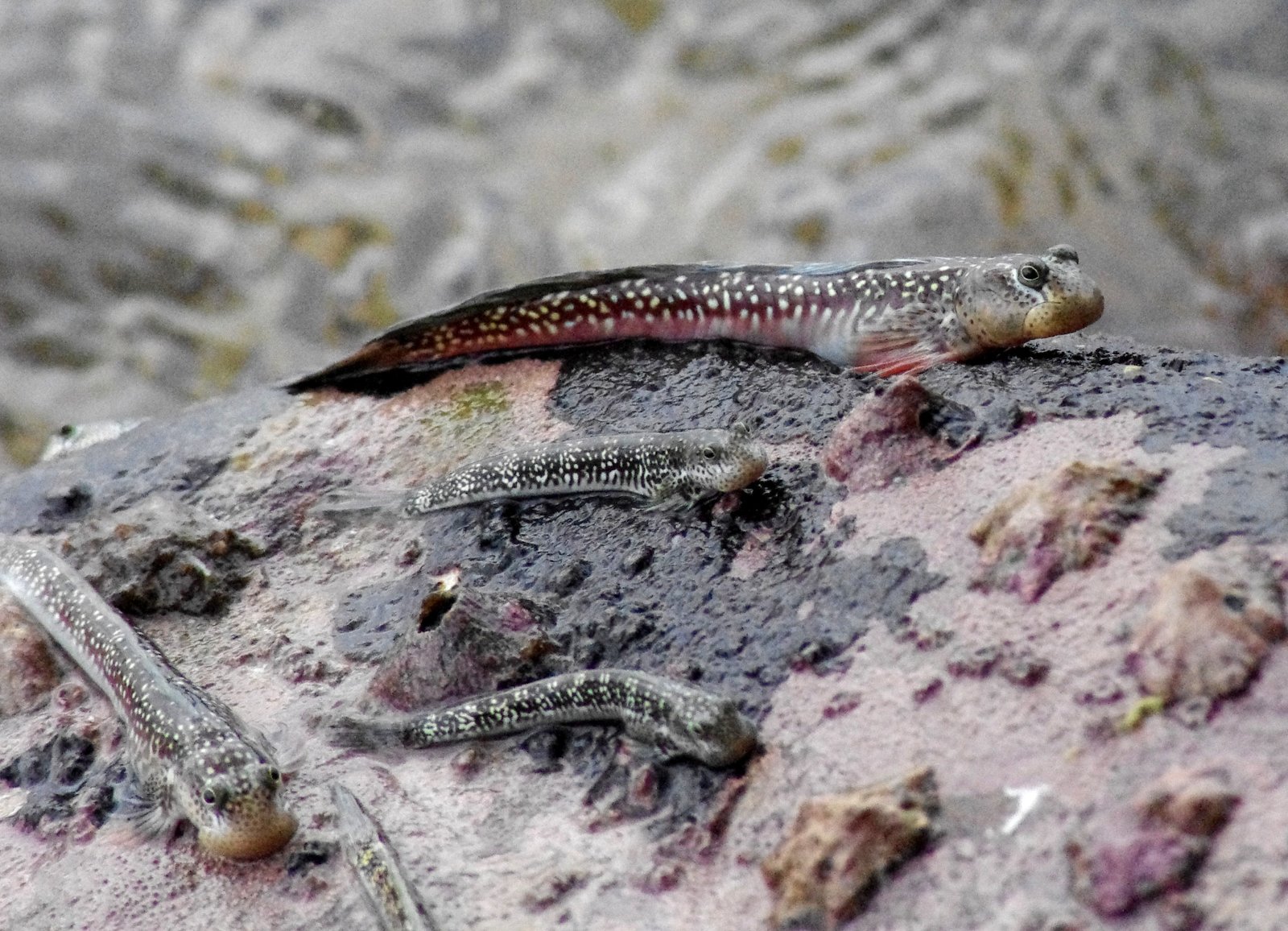
Living on the edge of water and land isn’t easy. Walking fish face constant challenges: keeping moist, finding food, and avoiding predators from both realms. To cope, many have developed remarkable behaviors. Some dig burrows to stay cool and damp, while others time their land excursions to match the tides. They become experts at reading their environment, using cues like humidity, temperature, and even the scent of rain. Their lives are a daily balancing act—a dance between two worlds, always on the move.
The Role of Gills and Lungs: Breathing Above and Below
Breathing air is no small feat for a fish. Mudskippers and lungfish have evolved specialized organs that let them extract oxygen from both water and air. In lungfish, true lungs connect to the throat, much like in mammals. Mudskippers rely on moist skin and a vascularized mouth lining to absorb oxygen. This dual respiratory system is a technical marvel, allowing these fish to switch between breathing modes depending on where they are. It’s a living example of transition, echoing the very roots of vertebrate life.
Fins as Feet: The Mechanics of Walking
Fins aren’t just for swimming anymore. In walking fish, pectoral fins have become muscular, jointed, and flexible—almost like stubby legs. Mudskippers use their fins to “crutch” themselves forward, while climbing perch use a combination of fin movements and body undulations to scuttle across land. Watching these fish in action can feel surreal, like glimpsing a creature halfway between a fish and a salamander. Each movement is a reminder of how evolution can retool even the most basic body parts for new adventures.
Environmental Triggers: When Fish Decide to Walk
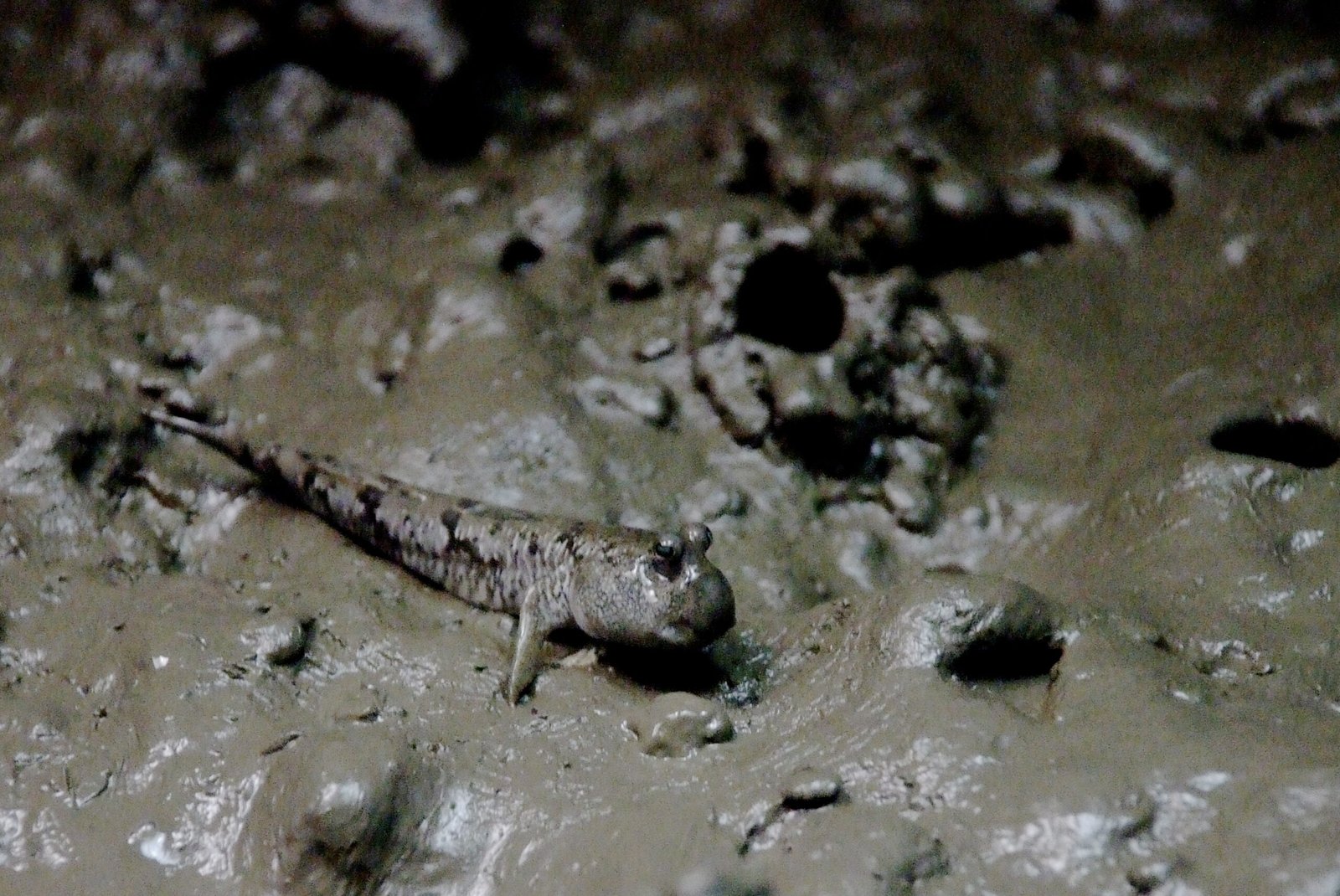
The urge to leave water isn’t constant—it’s triggered by environmental stress. Drought, high temperatures, and low oxygen levels can all prompt walking fish to seek safer ground. For mudskippers, the receding tide is the signal to explore the exposed mudflats. Lungfish burrow into the ground when rivers dry up, waiting for the rains to return. These behaviors aren’t random; they’re finely tuned responses to changing conditions, honed by countless generations of trial and error.
Predators and Prey: The Land Becomes a New Battlefield
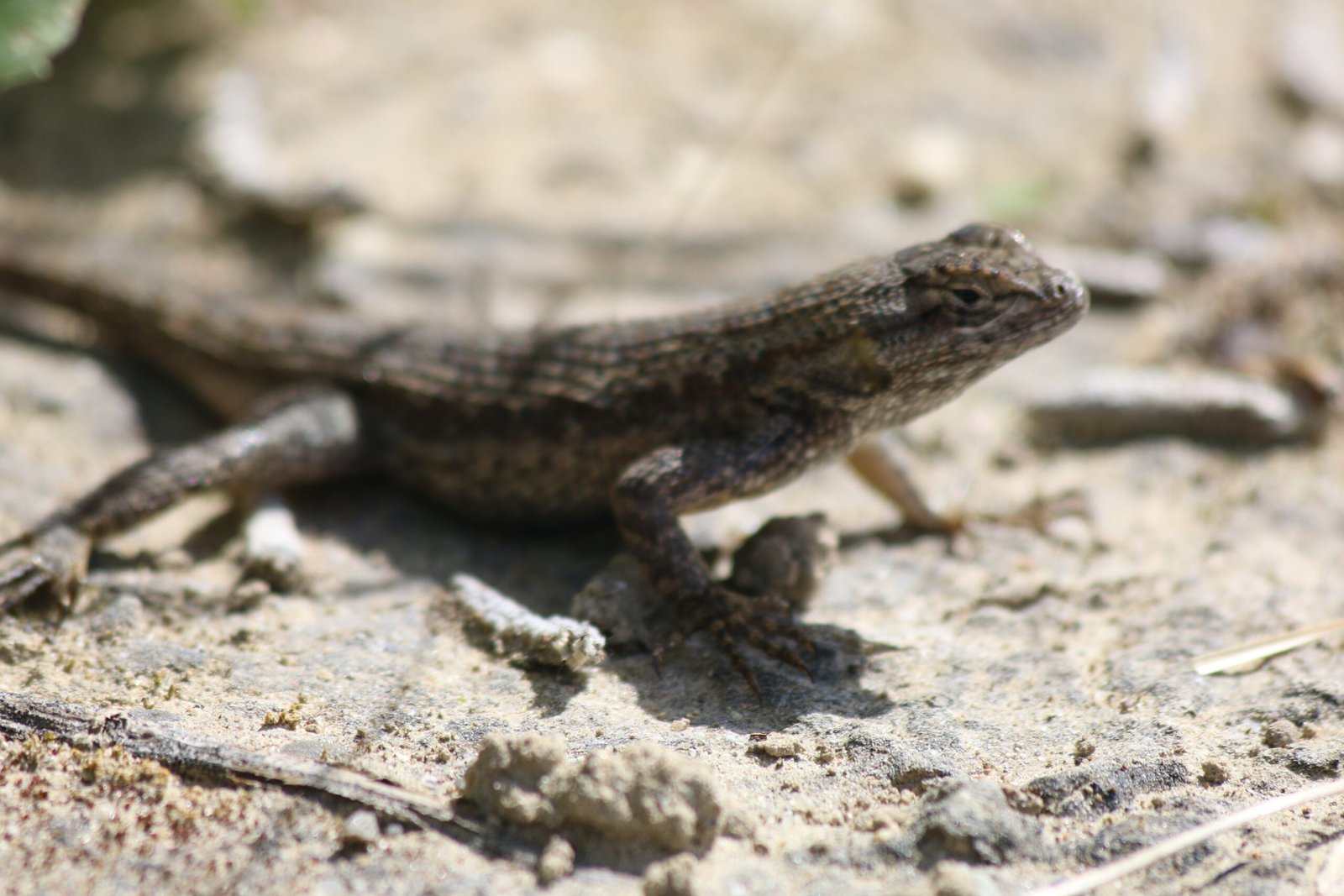
Stepping onto land opens up a whole new world of opportunity—and danger. On land, walking fish can find insects, worms, and other tasty morsels that their aquatic neighbors can’t reach. But they also face new threats: birds, snakes, and mammals eager for an easy meal. To survive, they must be quick, cautious, and sometimes downright sneaky. The land is both a buffet and a battleground, where only the cleverest survive.
Reproduction and Life Cycles: Adapting for Survival
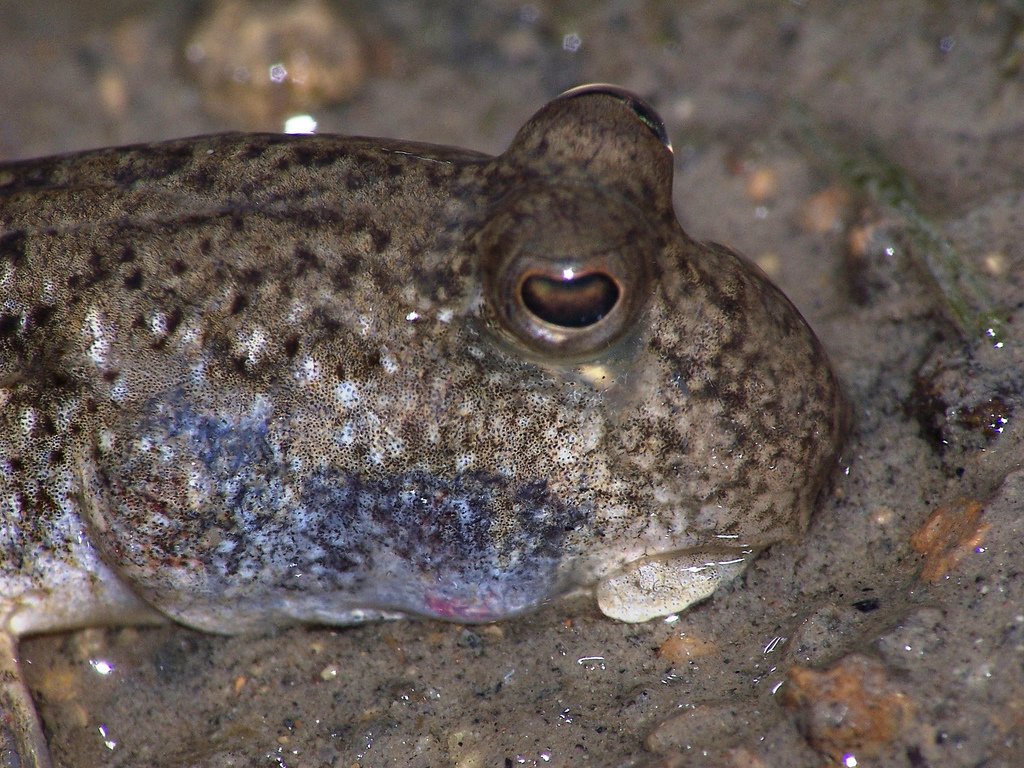
Walking fish don’t just travel on land—they also adapt their life cycles to this unique lifestyle. Mudskippers lay their eggs in burrows, where oxygen levels are carefully regulated. Lungfish time their breeding to the rainy season, ensuring that their offspring hatch when water is abundant. These strategies help maximize survival in unpredictable environments. It’s a high-stakes game, with each generation pushing the boundaries of what’s possible.
Ancient Echoes: What These Fish Tell Us About Evolution
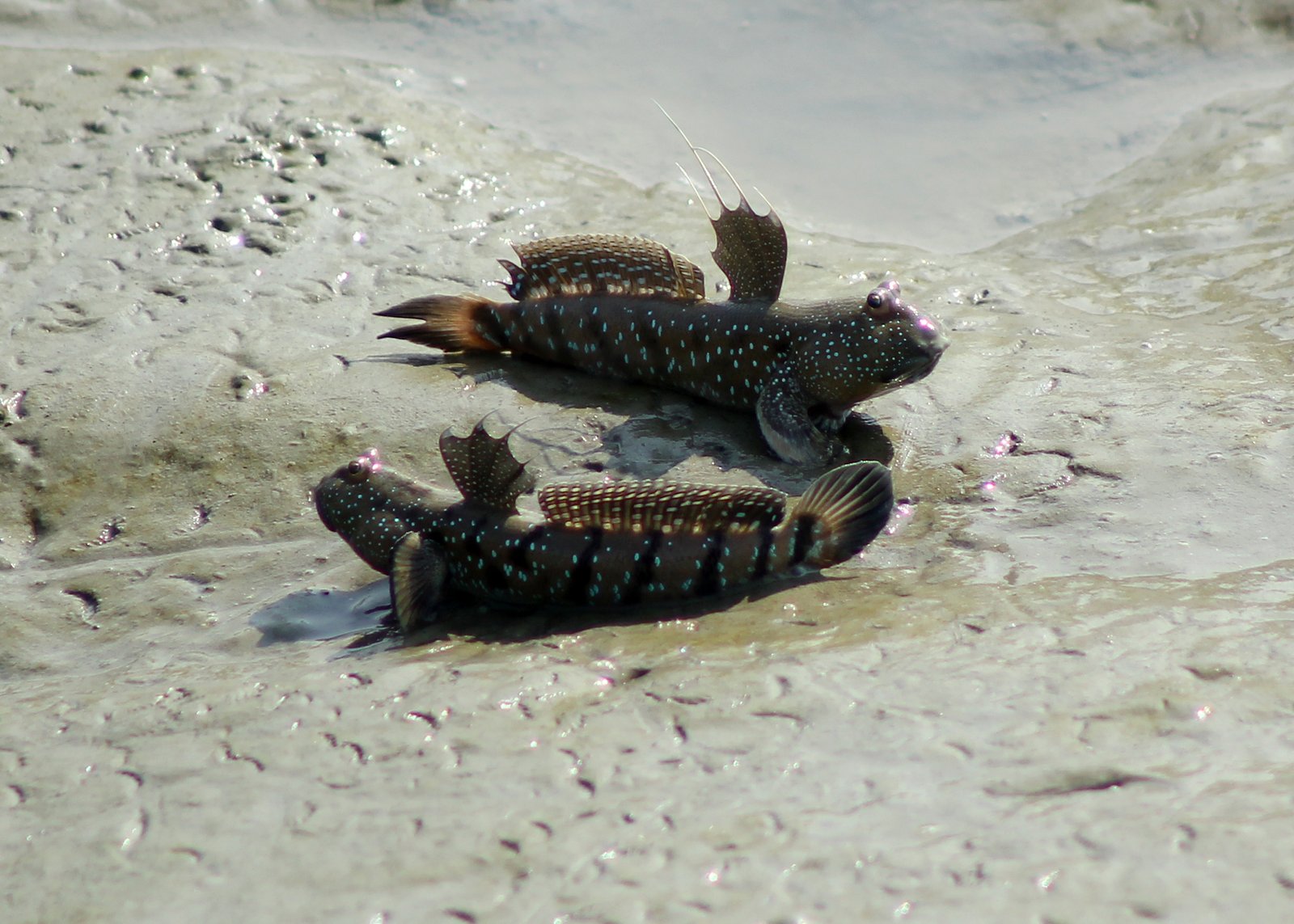
Watching a mudskipper or lungfish is like peering back in time, seeing echoes of the first vertebrates that crawled onto land millions of years ago. Their bodies and behaviors offer living clues to how those ancient transitions may have happened. For scientists, these fish are more than curiosities—they’re windows into the evolutionary past, helping us understand the origins of limbs, lungs, and the incredible diversity of life on land.
Modern Research: Unlocking the Secrets of Walking Fish
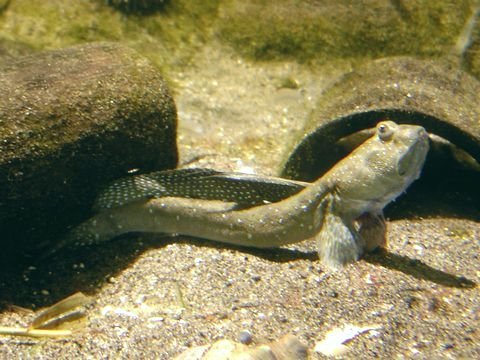
Researchers around the world are fascinated by walking fish, studying them in labs and in the wild. Scientists examine everything from their genetic blueprints to the biomechanics of their movements. Some hope that understanding these fish could shed light on human medical conditions, like lung diseases or limb development. Others are simply captivated by the sheer strangeness of these animals. Every new discovery adds a piece to the puzzle of how life adapts, survives, and thrives.
Climate Change and the Future of Amphibious Fish
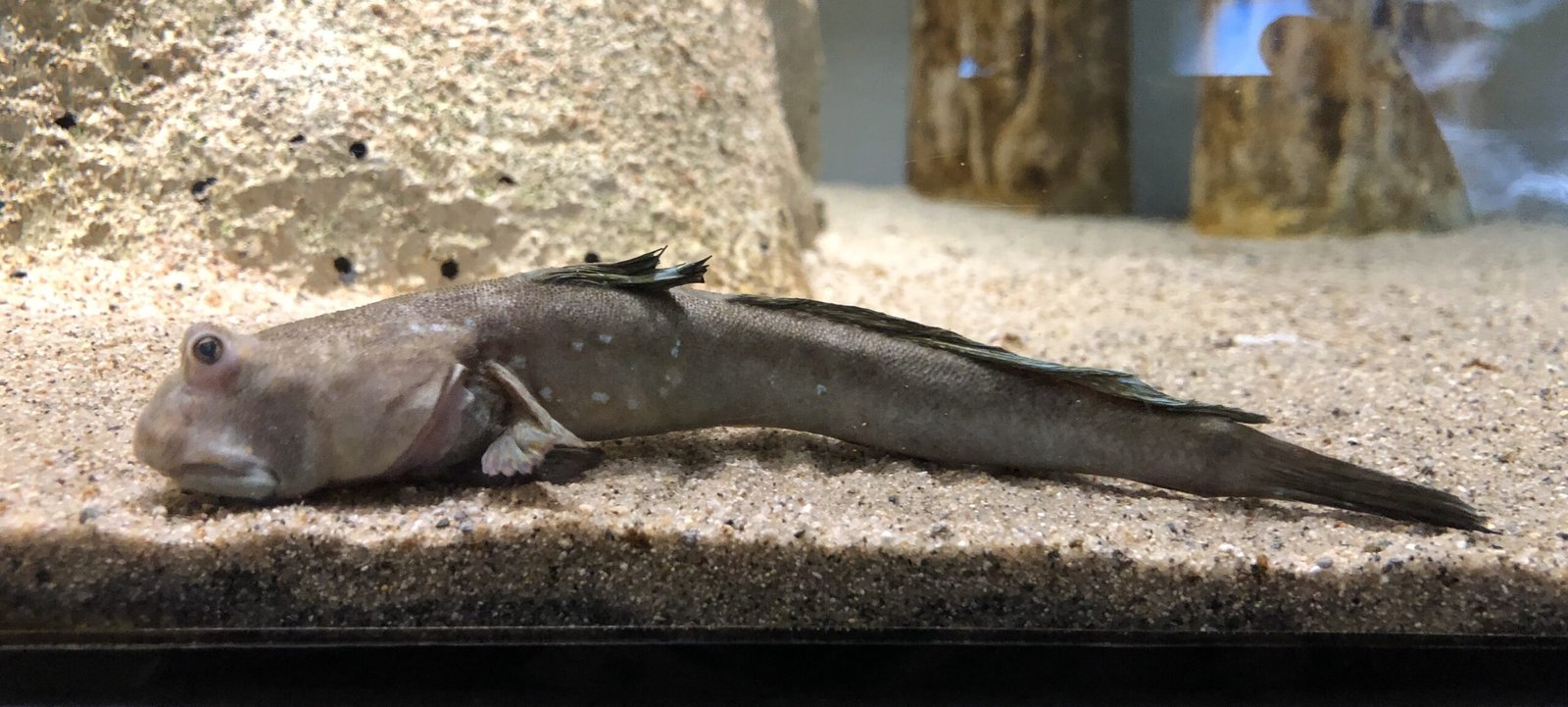
As the climate shifts and habitats change, walking fish face new challenges—and new opportunities. Rising temperatures and shifting rainfall patterns can dry up wetlands and alter food sources. At the same time, the very adaptations that make these fish unique could help them survive in a changing world. Their flexibility and resilience are a testament to nature’s ability to innovate, even in the face of adversity.
Human Impact: Threats and Conservation
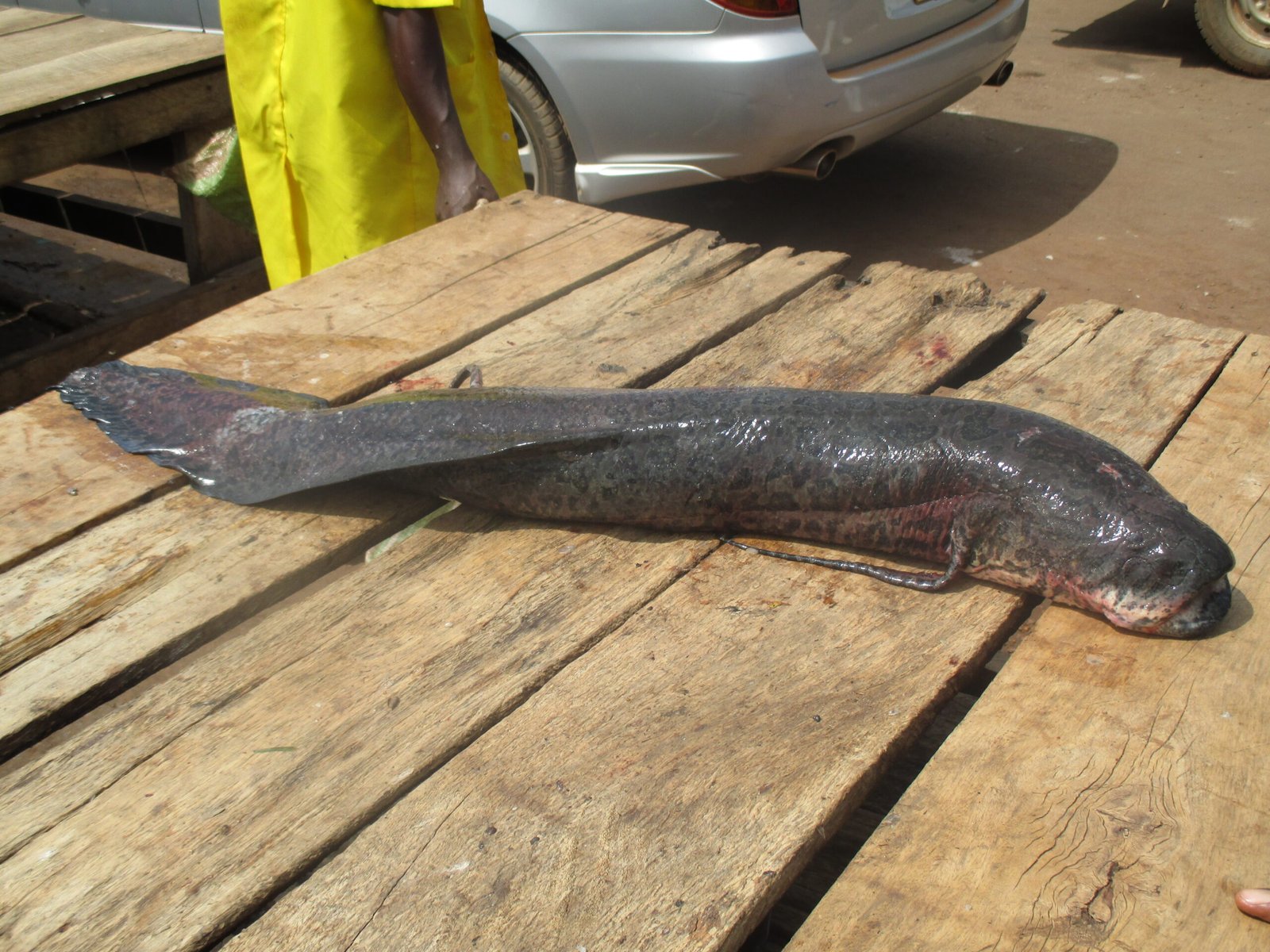
Unfortunately, walking fish aren’t immune to human activity. Deforestation, pollution, and habitat destruction threaten their homes, especially in delicate mangrove and wetland ecosystems. Some species are collected for the aquarium trade, putting additional pressure on wild populations. Conservationists are working to protect these habitats, recognizing that the survival of walking fish is tied to the health of entire ecosystems. Their plight is a stark reminder that our actions have consequences, even for creatures most people have never heard of.
Walking Fish in Popular Culture and Folklore
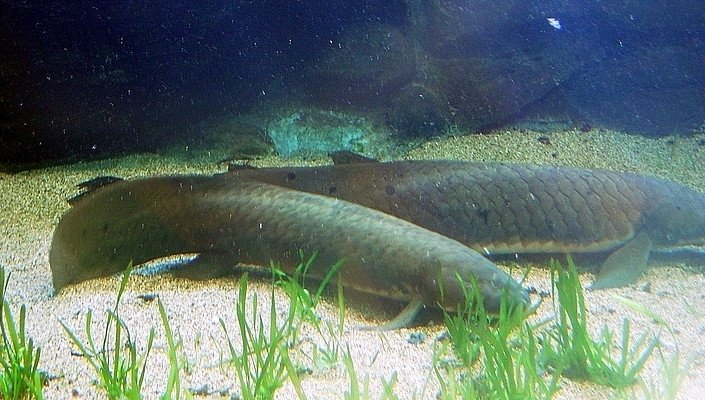
The idea of a fish that can walk on land has captured imaginations for centuries. In some cultures, these creatures are celebrated in myths and legends, symbols of transformation and adaptability. Modern media has picked up on their oddball charm, with walking fish appearing in documentaries, children’s books, and even cartoons. They’re a reminder that nature is full of surprises—often stranger than anything we could invent.
Comparisons to Other Amphibious Animals
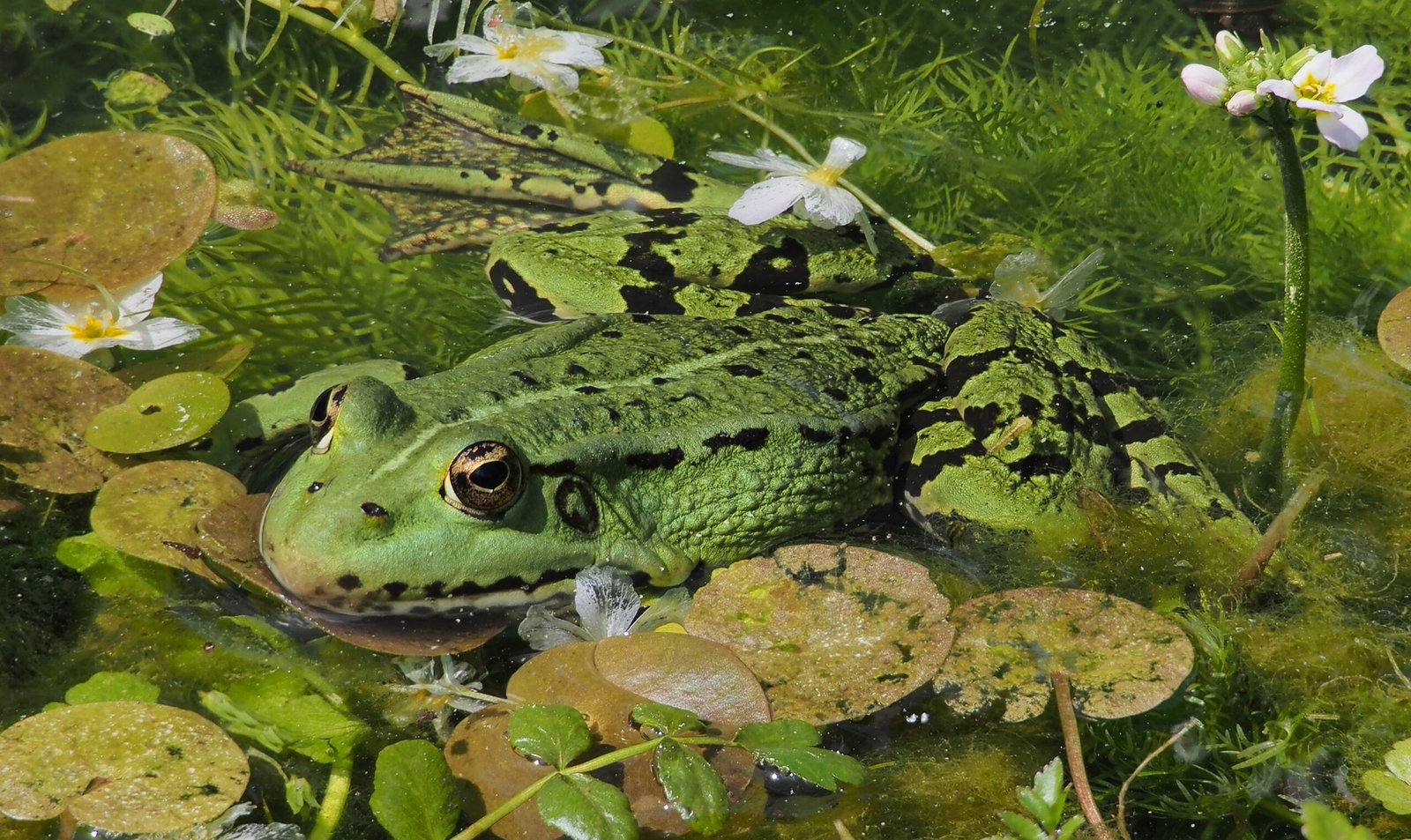
Walking fish aren’t alone in straddling two worlds. Frogs, salamanders, and even some crabs share similar amphibious lifestyles. But while most amphibians rely on metamorphosis—a dramatic transformation from water-dweller to land-walker—fish like mudskippers and lungfish manage it all in a single body. Their journey is more about adaptation than transformation, a subtle but powerful distinction in the story of life on Earth.
Evolutionary Implications: What Comes Next?
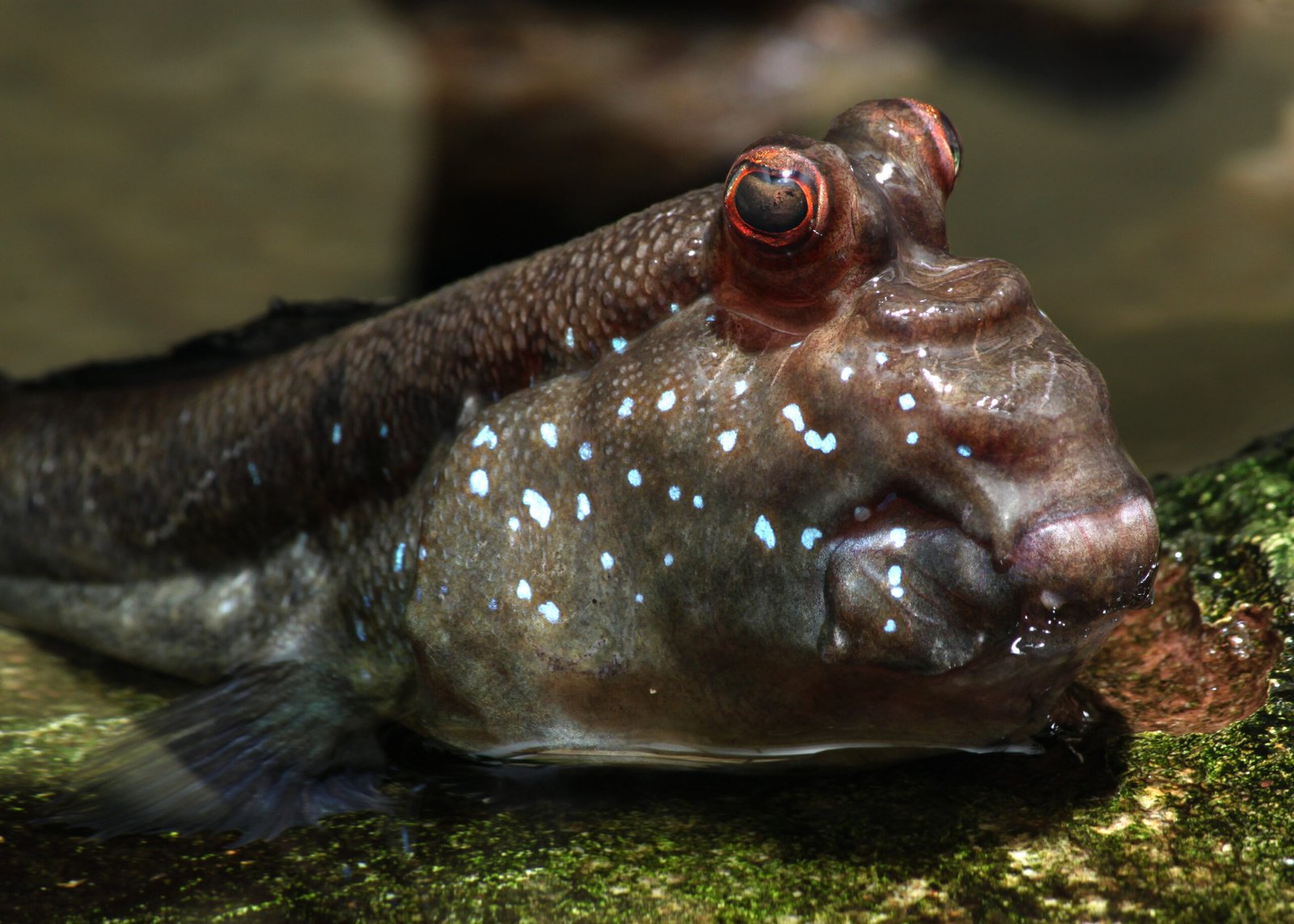
The story of walking fish is far from over. As environments continue to change, these adaptable creatures may evolve in new and unexpected directions. Who knows—perhaps, given enough time, we’ll see fish that spend most of their lives on land, or even develop more advanced limbs. Evolution is an open-ended experiment, always testing, tweaking, and surprising us. The next chapter is being written right now, in muddy swamps and hidden streams around the world.
Captivating Encounters: Seeing Walking Fish in the Wild
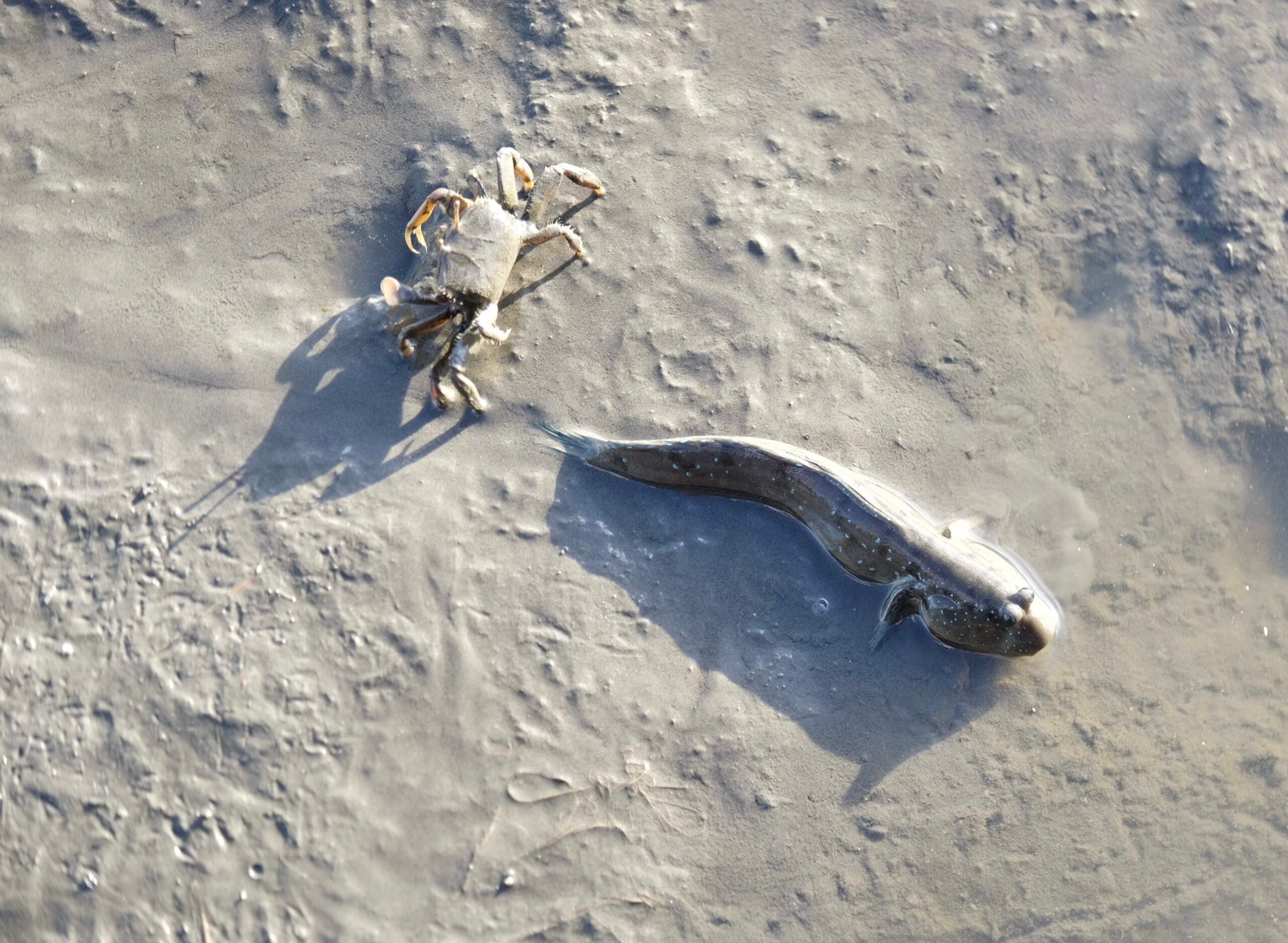
If you’re lucky enough to spot a mudskipper or climbing perch in the wild, it’s an unforgettable experience. These fish scuttle, hop, and blink at you with a mix of curiosity and caution. Observing them in their natural habitat is a vivid reminder that life is full of wonders waiting to be discovered. It’s a living connection to the deep history of our planet, and to the endless creativity of evolution.
A Glimpse Into Our Own Past
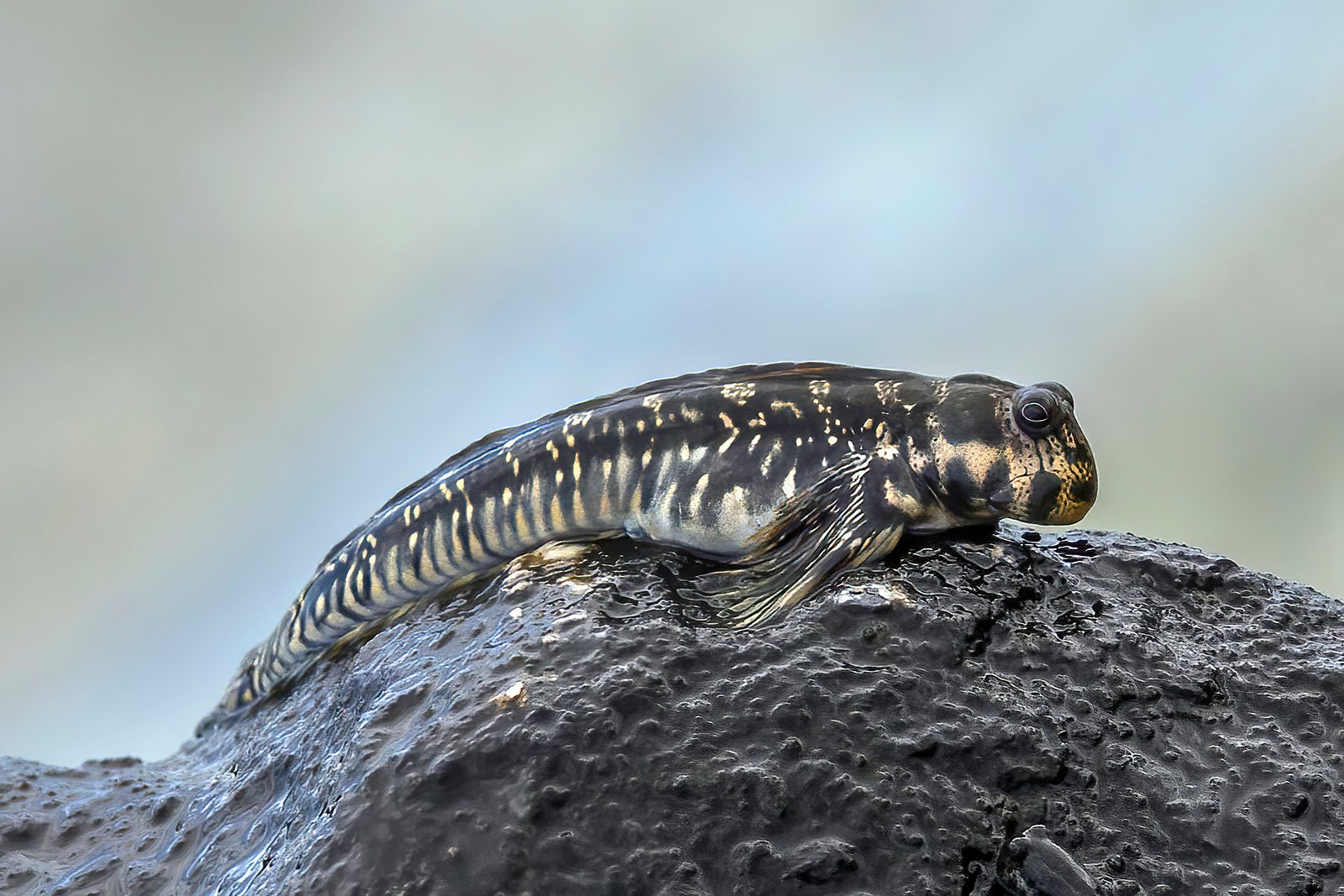
Every time a fish hauls itself onto land, it’s a living echo of the ancient journey that eventually led to mammals, birds, and even us. These humble creatures are living time capsules, offering clues to the origins of walking, breathing, and life’s great transitions. In their struggles and triumphs, we find the roots of our own story—proof that the leap from water to land is not just history, but a living, breathing reality.




